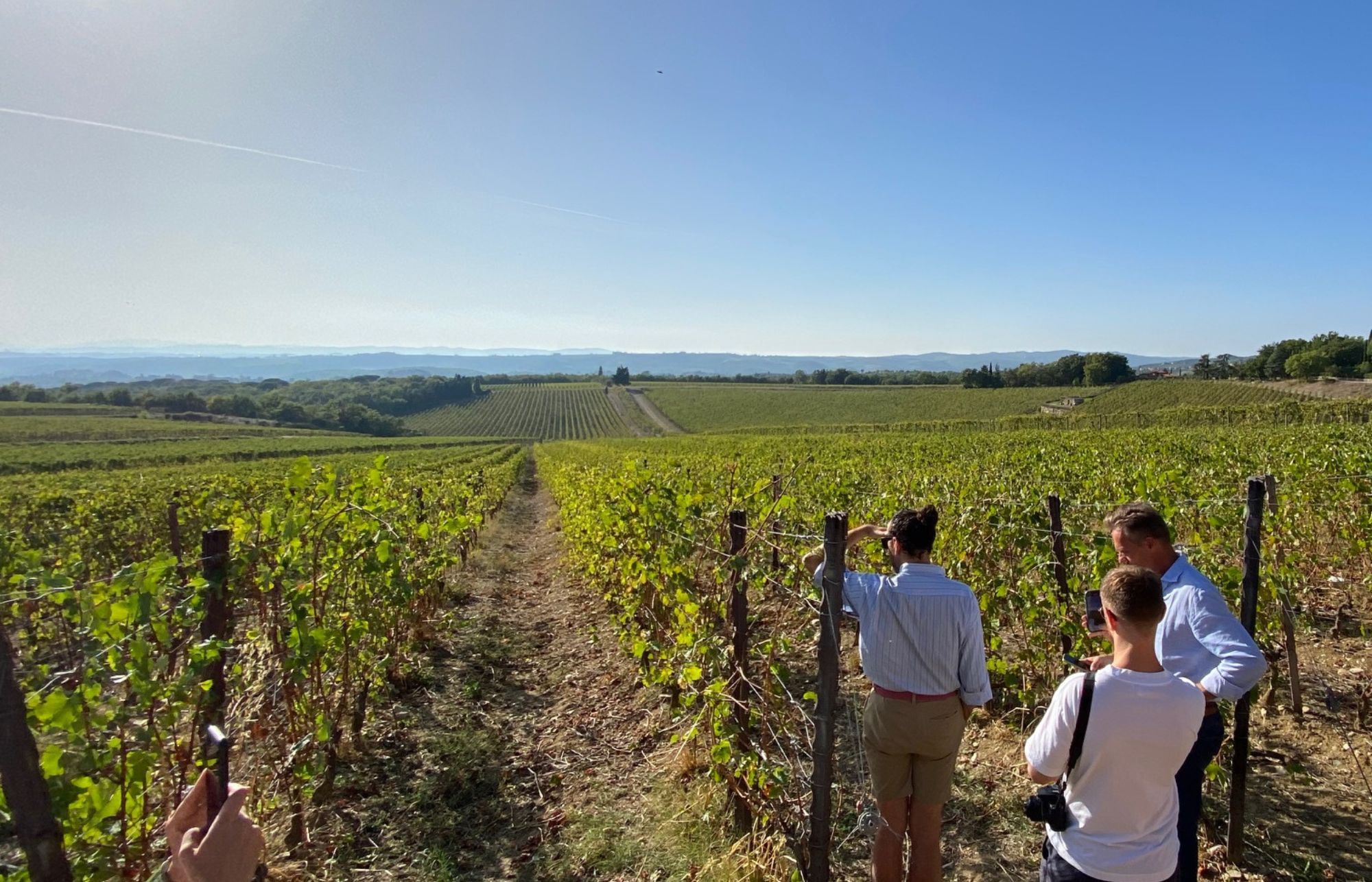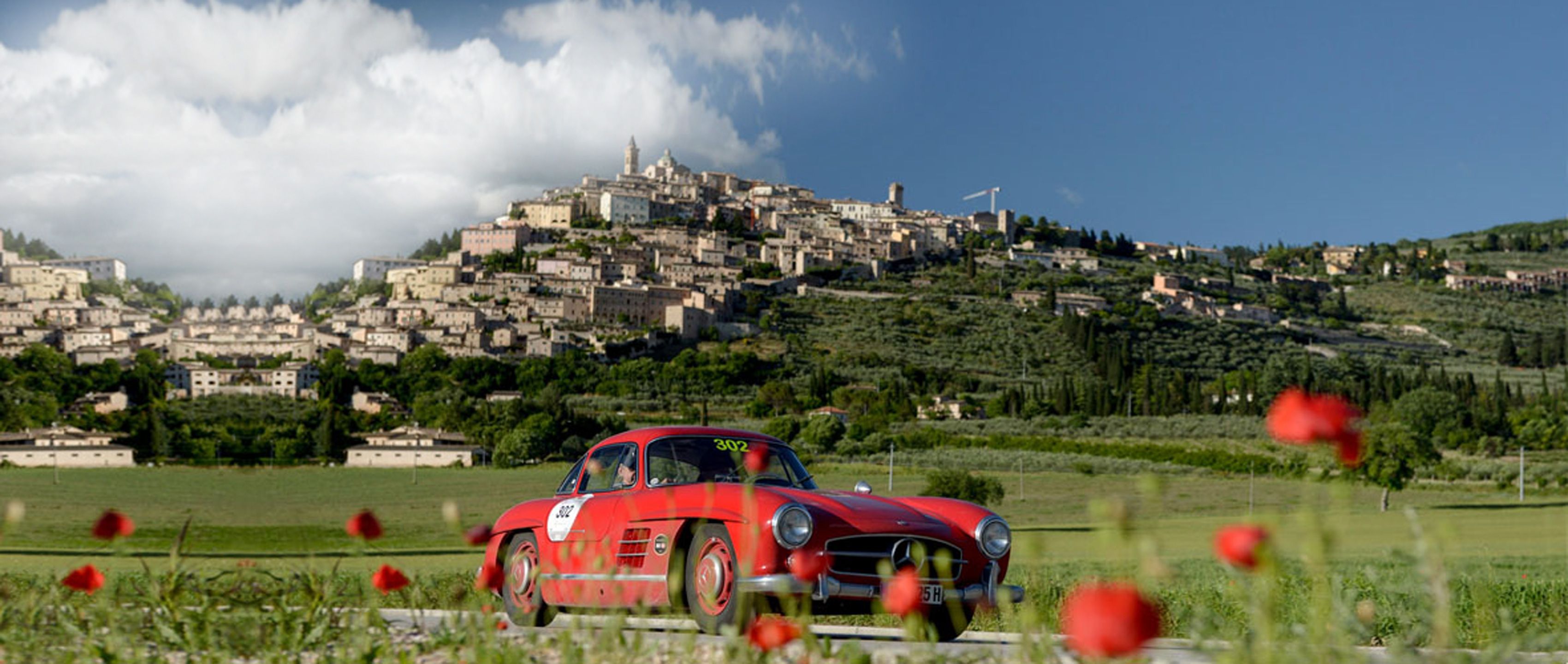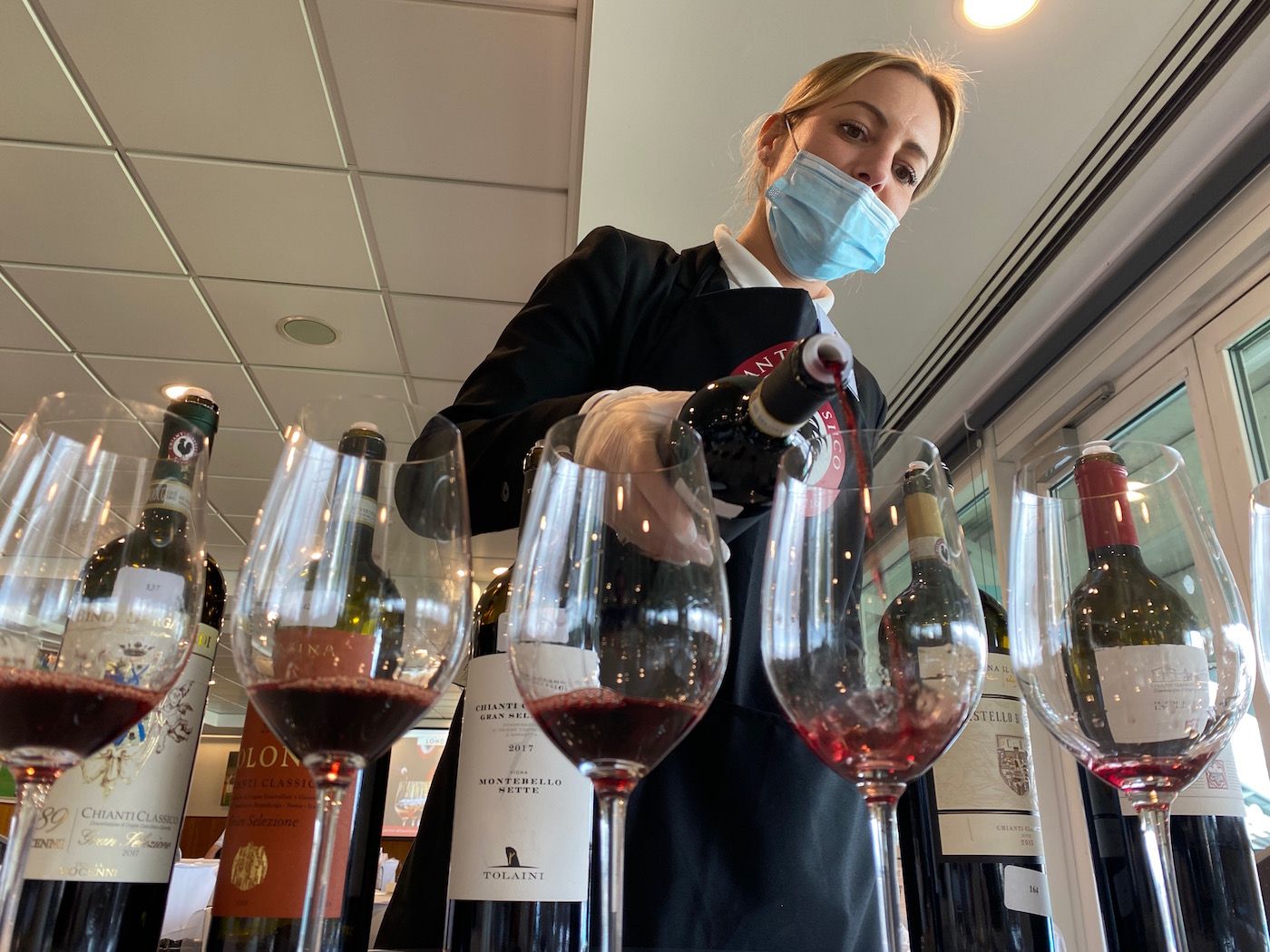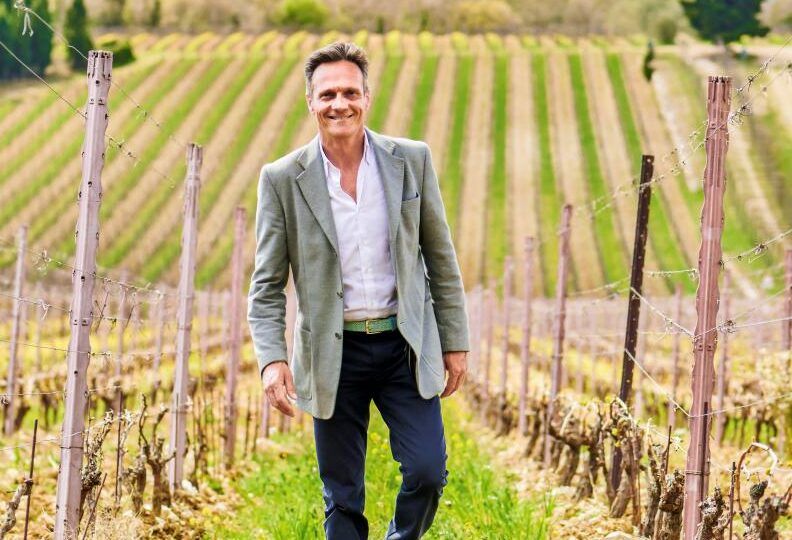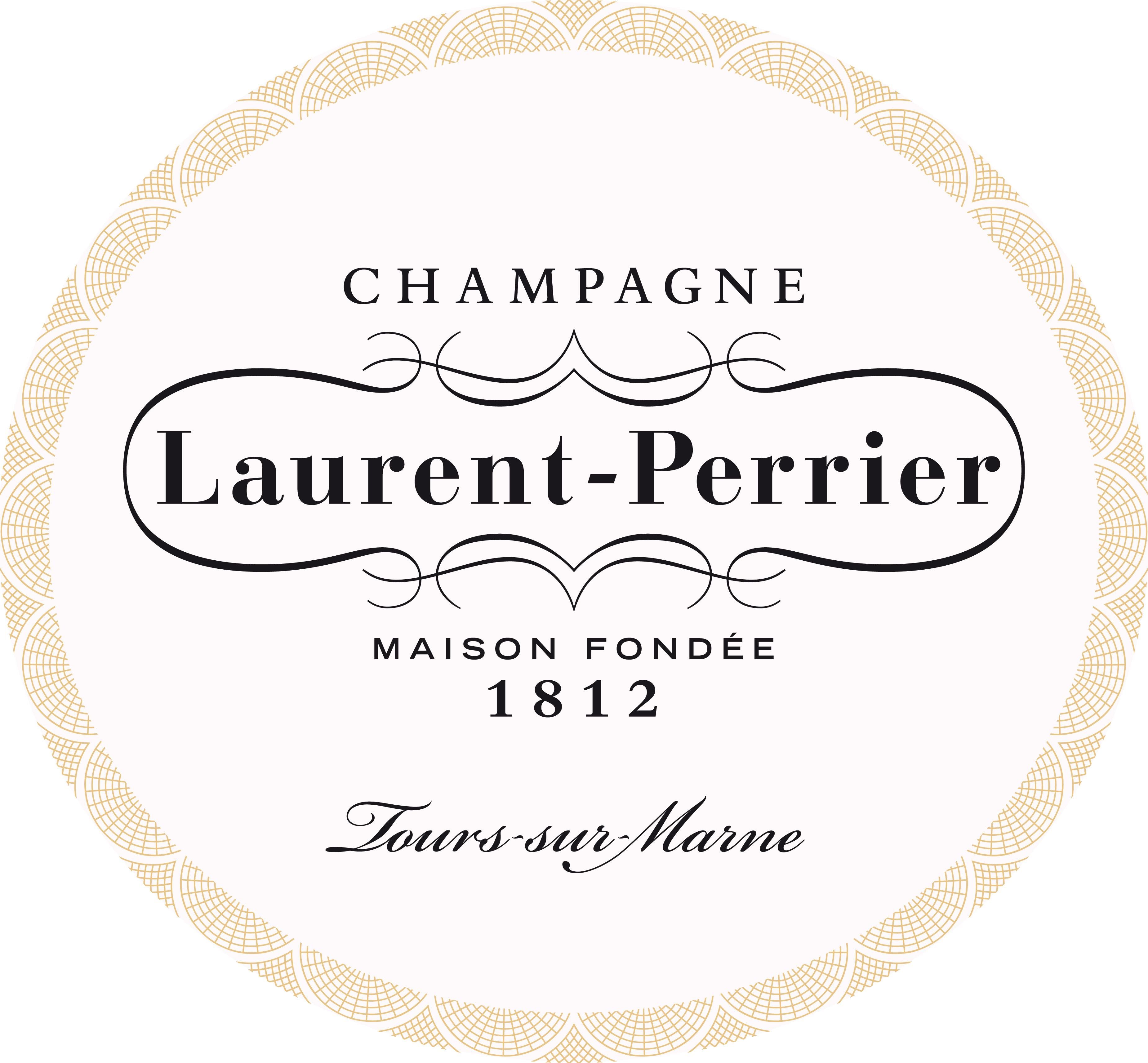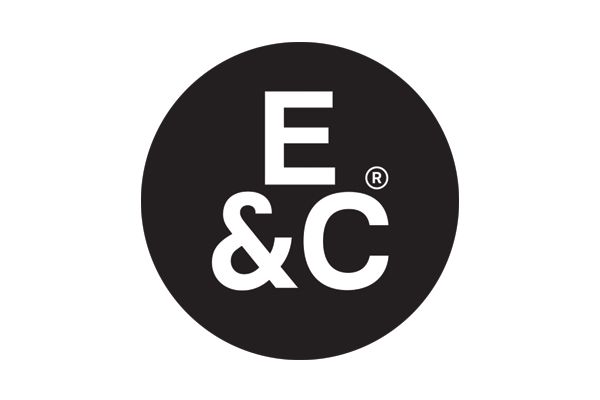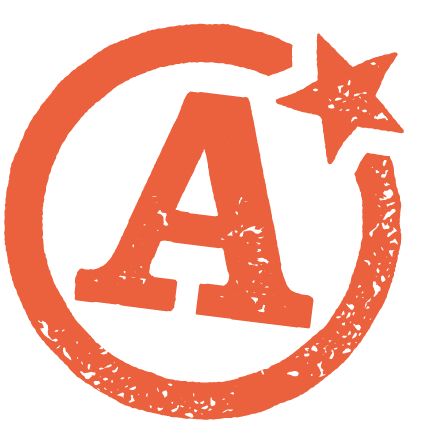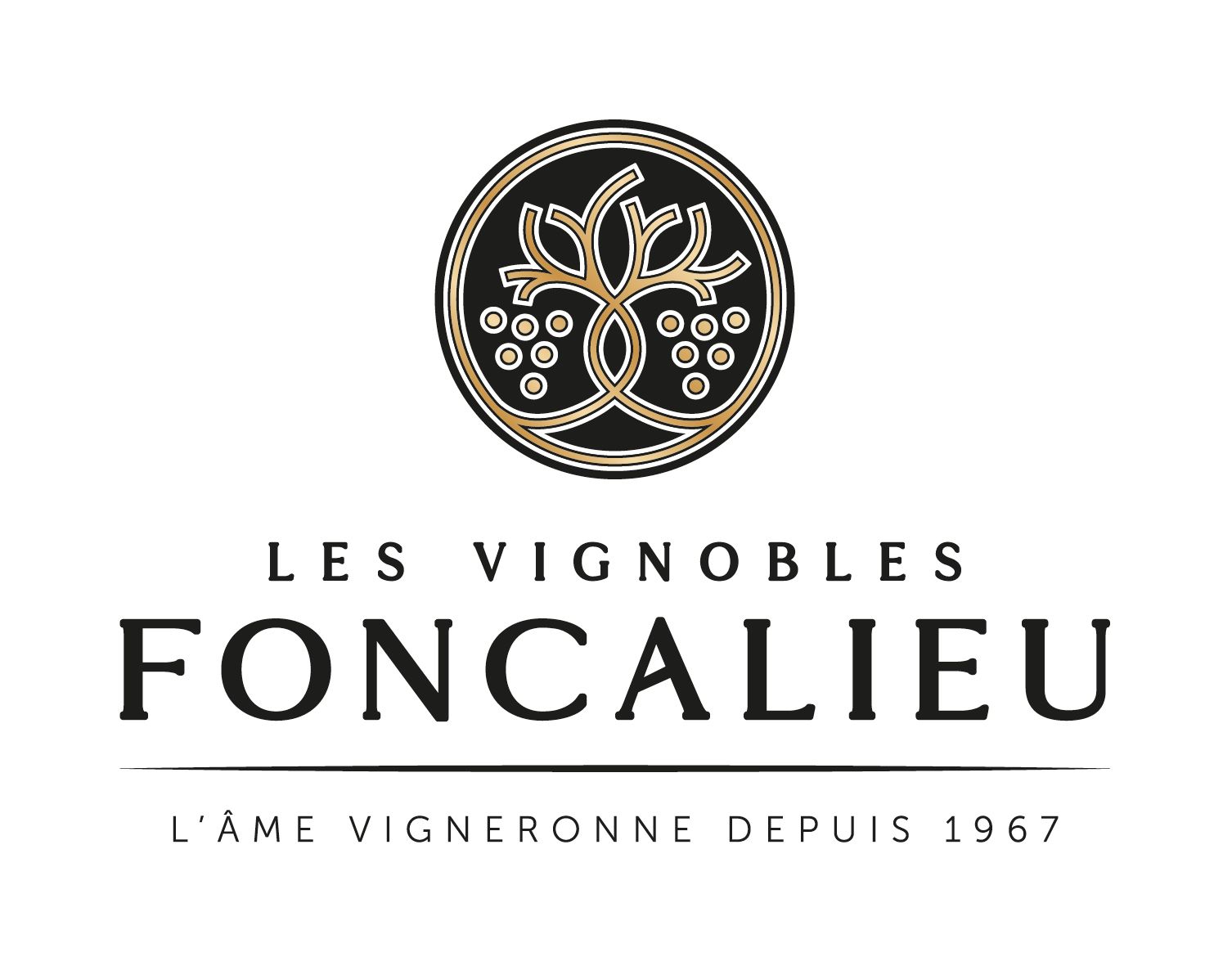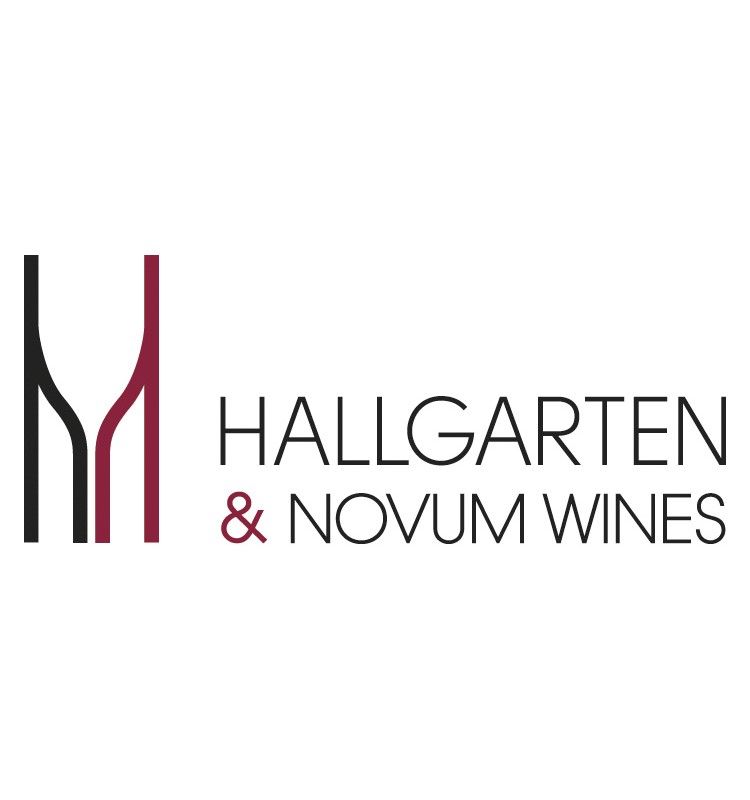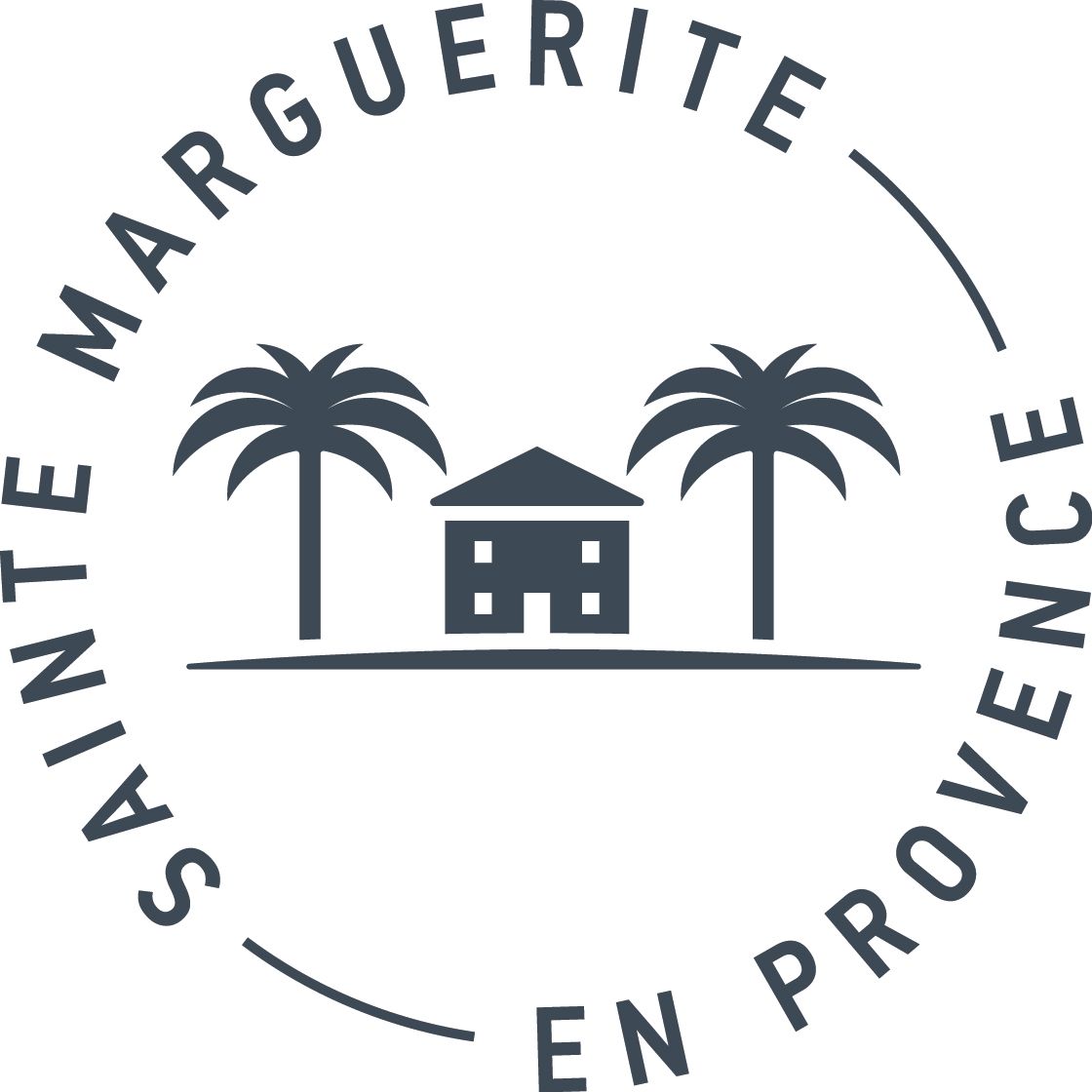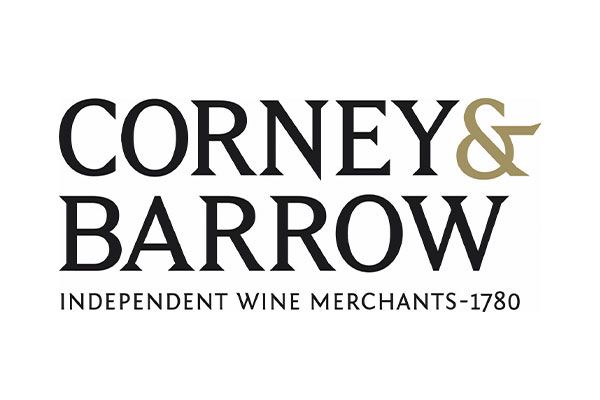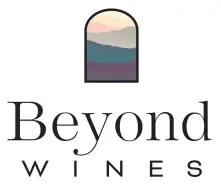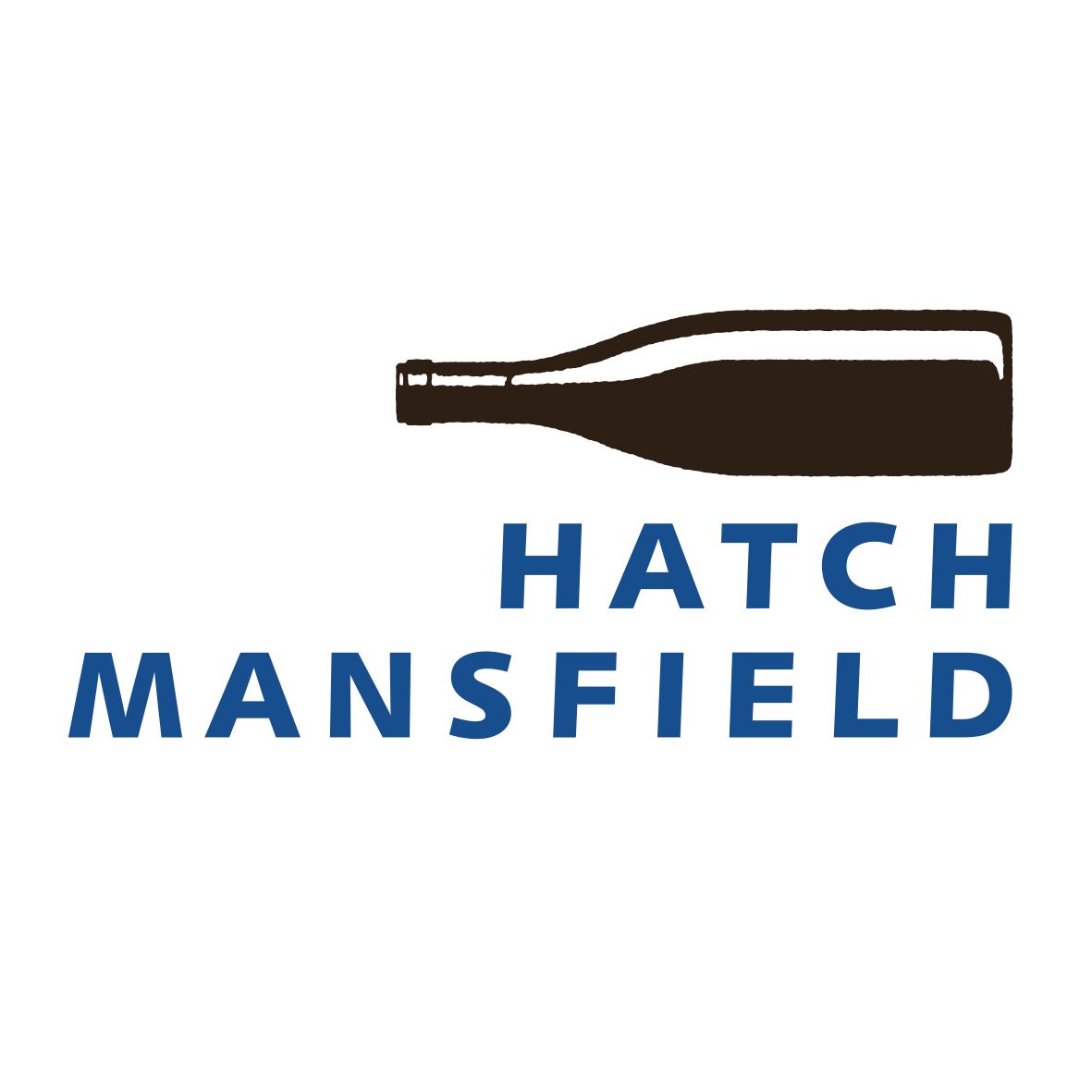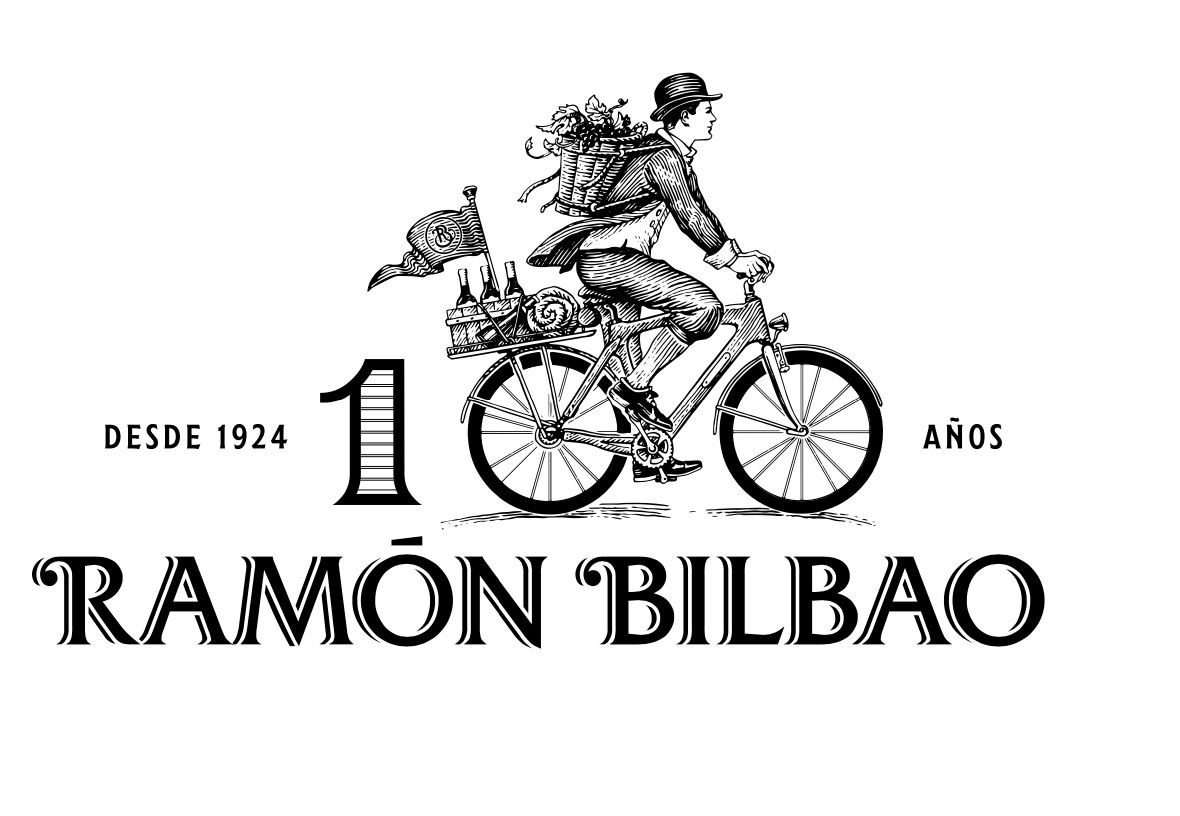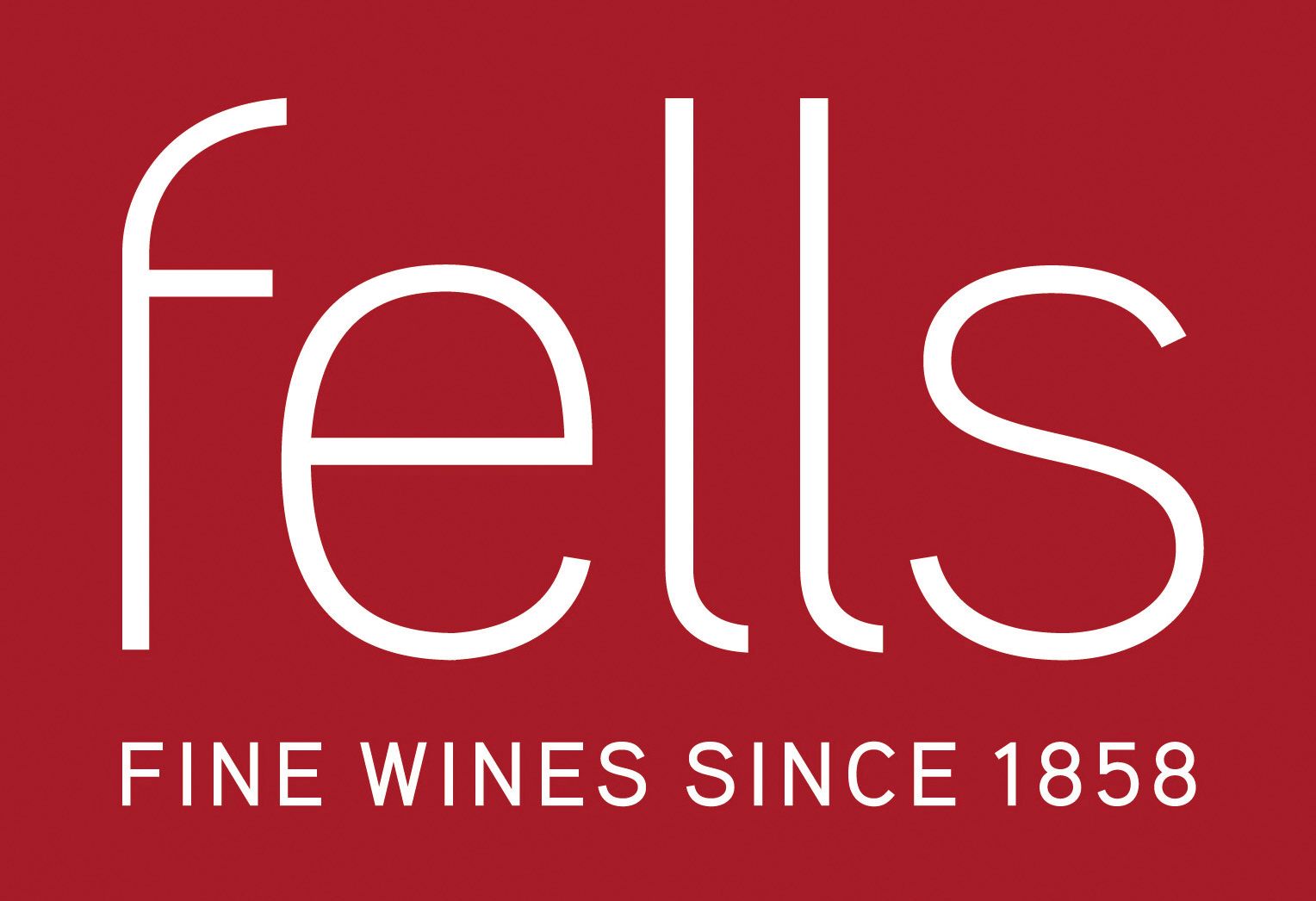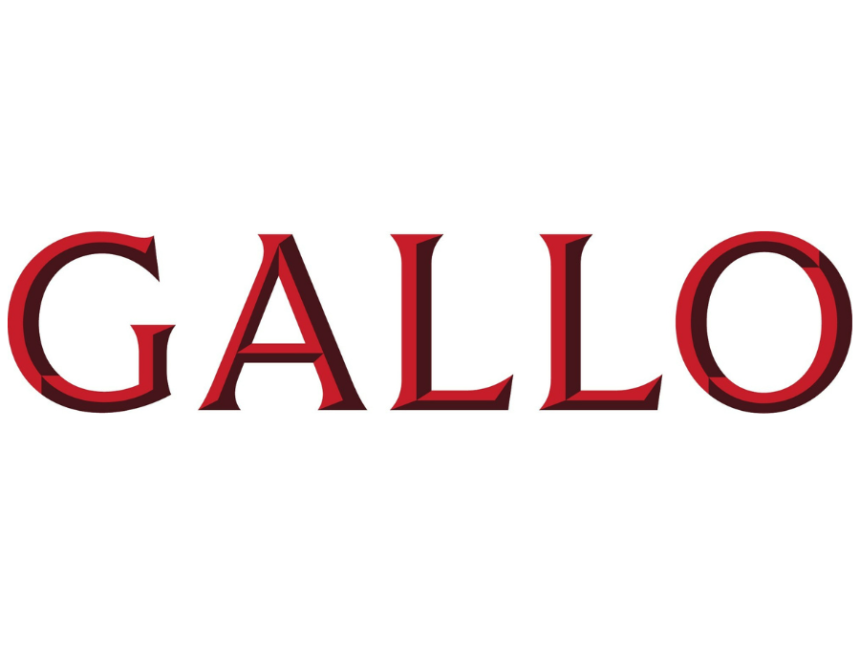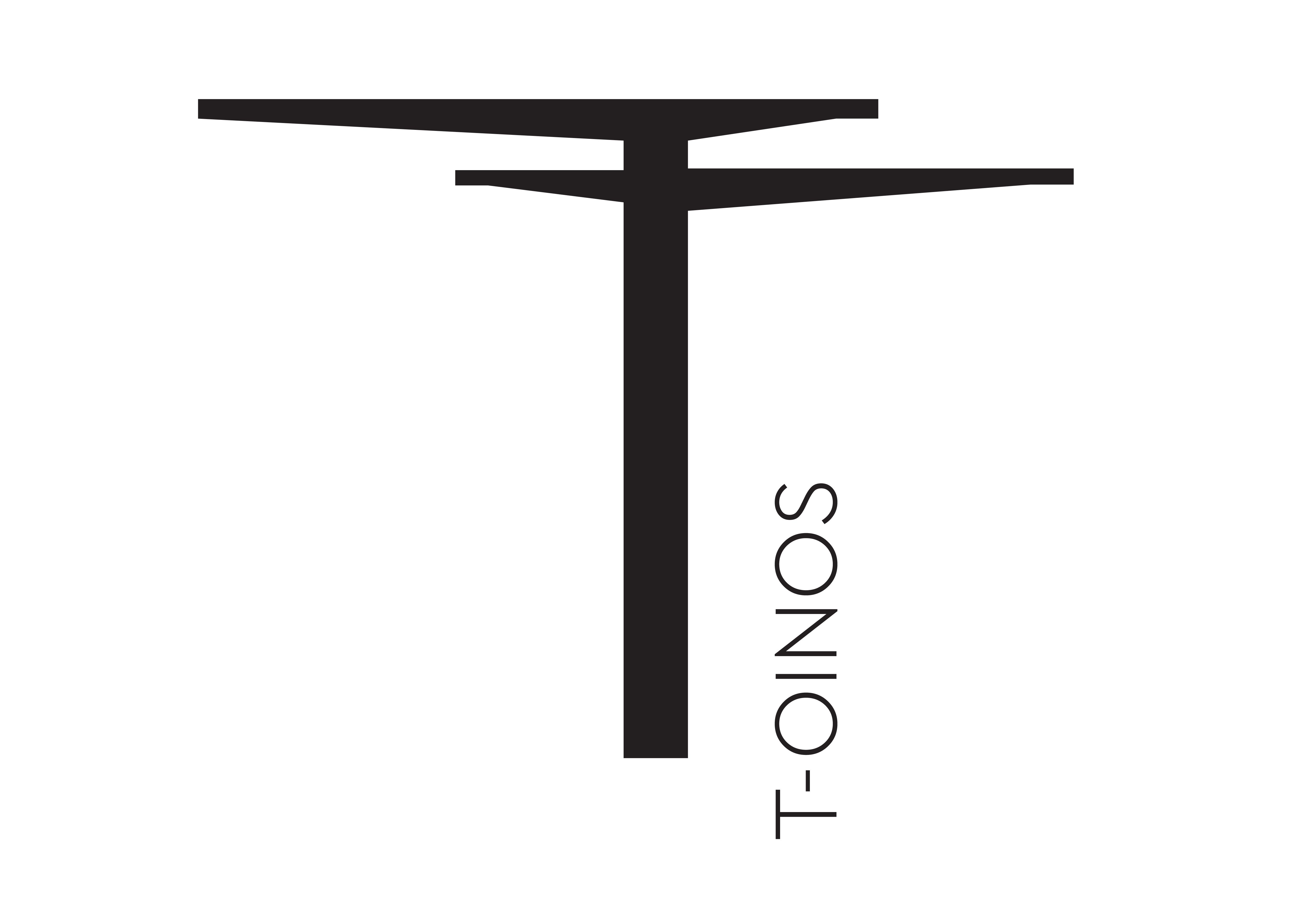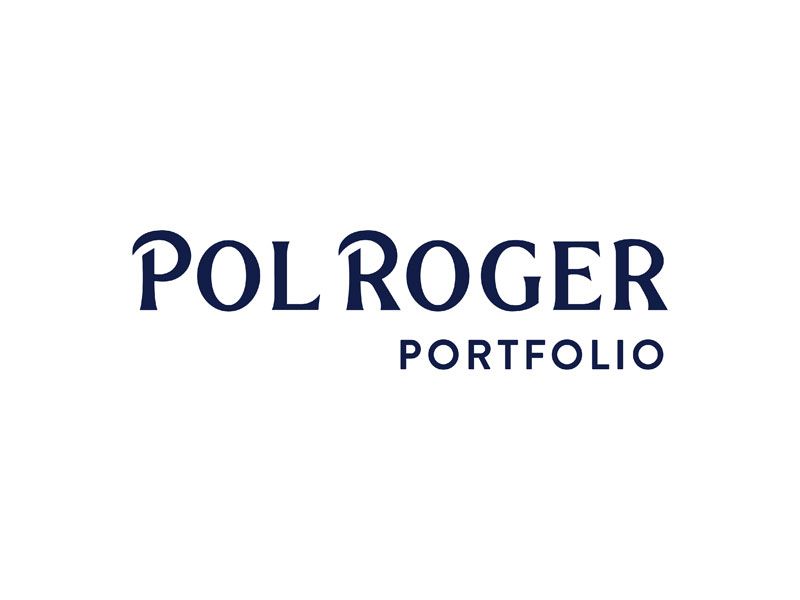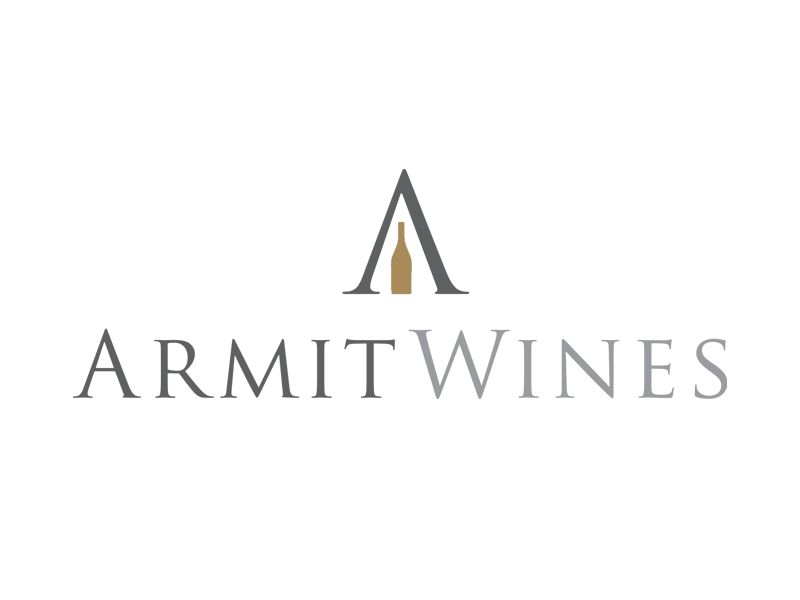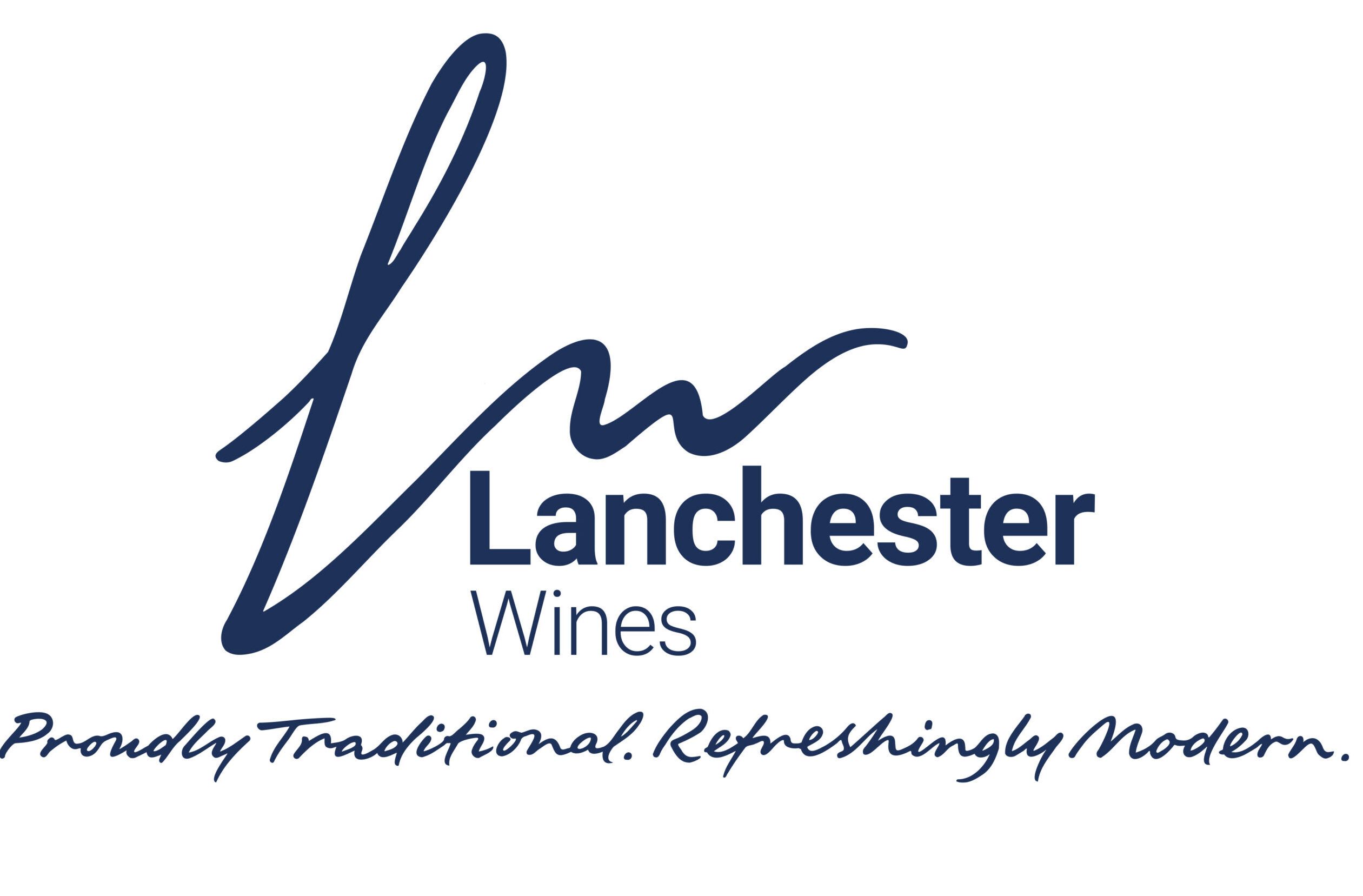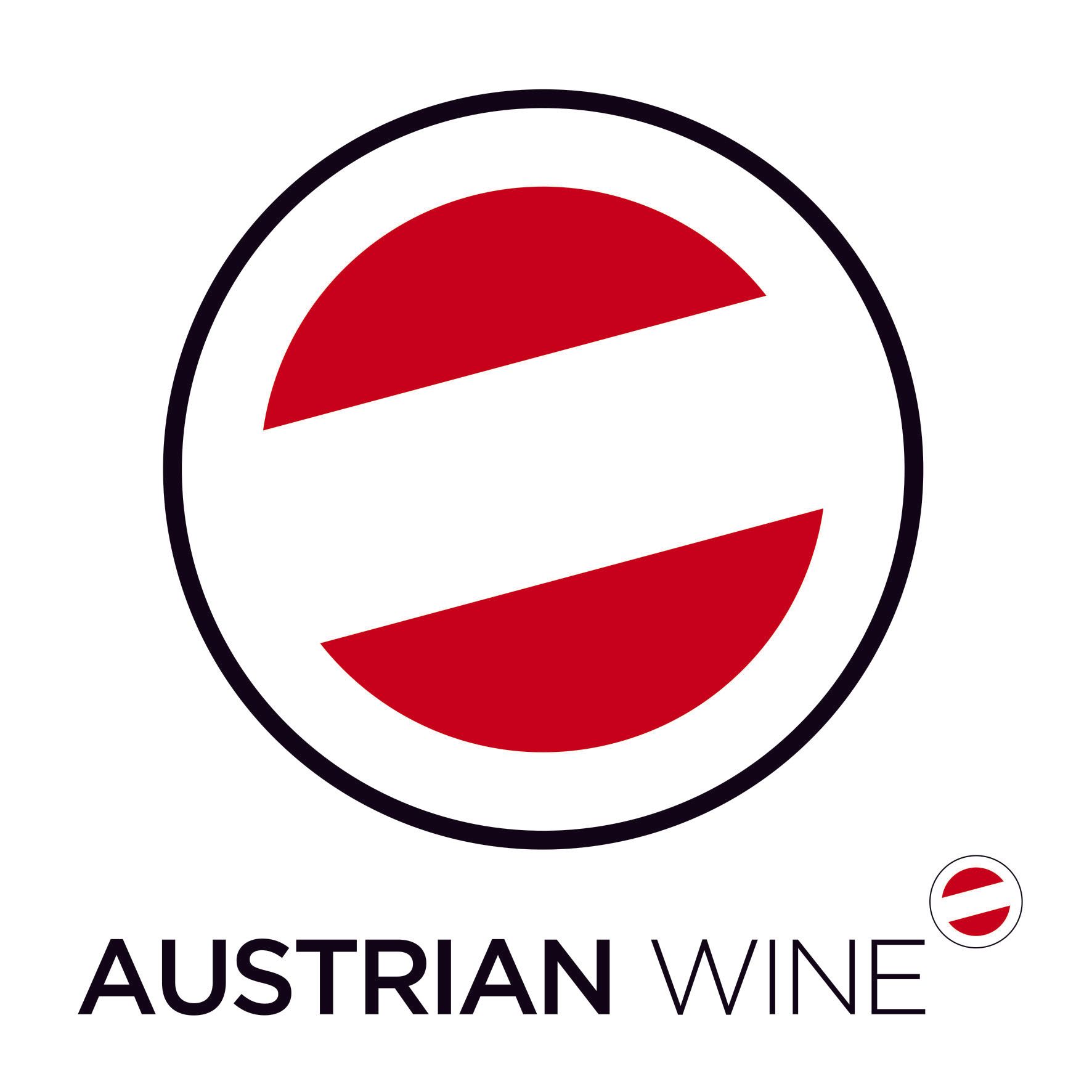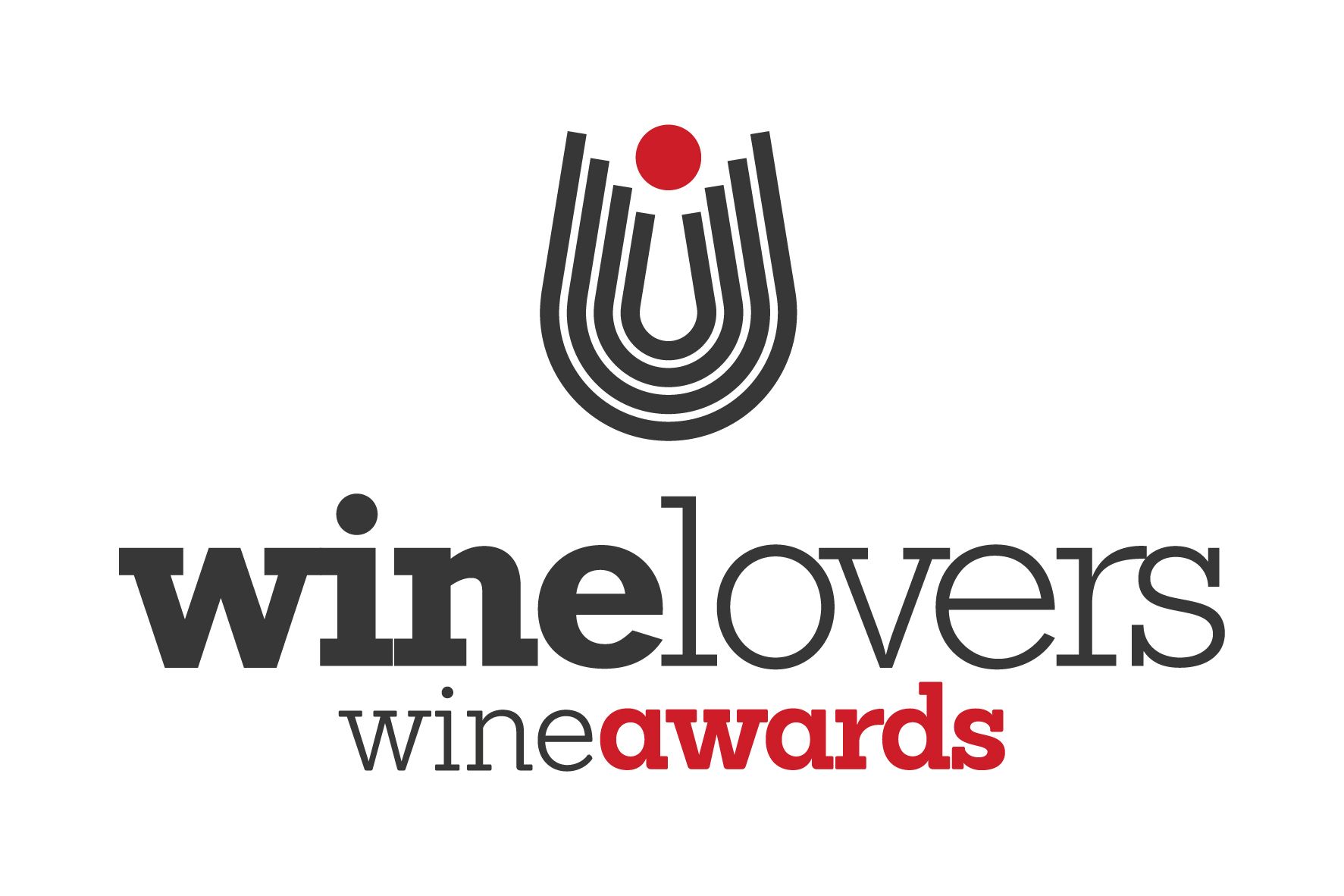San Felice is one of the most glorious Tuscan properties you can visit. A stone’s throw from the beautiful city of Siena, the estate is resplendent as a high-end Relais & Châteaux retreat for the rich and famous. But way before the tourists arrived, since AD 714 in fact, San Felice was first and foremost a farming village and wine estate and continues to produce a fine selection of Tuscan favourites.
Winemaker Leonardo Bellaccini heads up the winemaking team across all San Felice properties and was one of the main driving forces behind the introduction, in 2014, of the Gran Selezione designation for Chianti Classico. These specially designated vineyards and specially created wines were designed to be the zenith of what Chianti Classico’s best vineyards could achieve. 18 months after first meeting Leonardo at the property, I caught up with him in December 2024 to find out his views on the 2024 vintage in Chianti, as well as to discuss the successes of the Gran Selezione project ten years on.
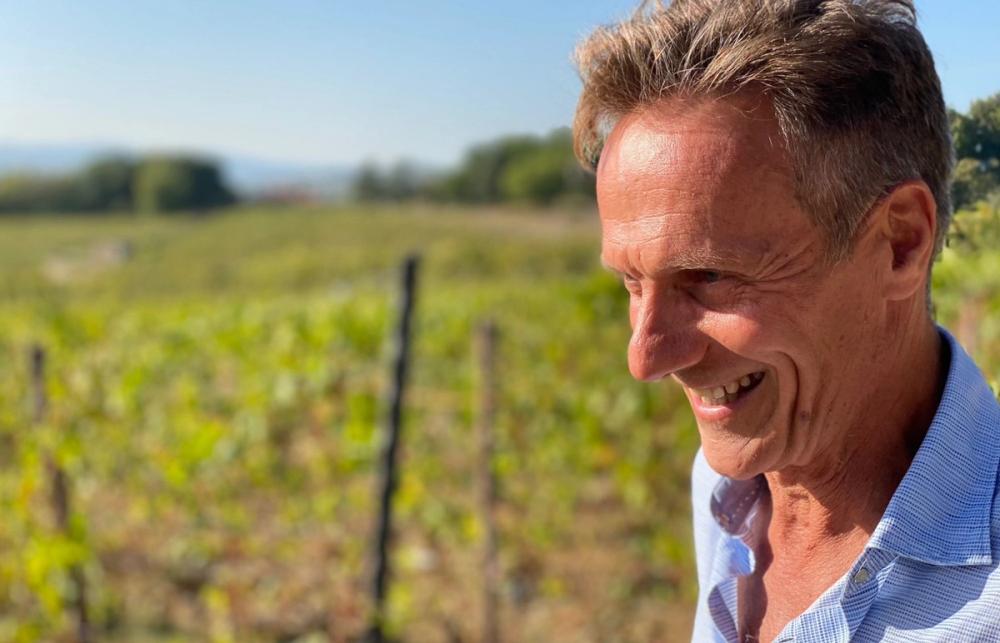
Leonardo Bellaccini
Bellaccini's 2024 vintage report on Chianti
“2023 and 2024 have both been challenging vintages,” noted Bellaccini. “Especially in 2024, we experienced all kinds of weather.” The spring of 2024 in Chianti saw notably wet weather that continued until the end of June. If this wasn’t bad enough for flowering and fruit set, this was interspersed with the occasional hailstorm that greatly affected some of the vineyards. For those grapes that survived, they then had to endure one of the hottest and driest July and August on record before another huge hailstorm on the last day of August across 23 hectares (about a sixth of the 140 planted hectares) really dented the hoped-for quantities. September proved some relief with a mix of sunny and hot weather with several little showers to help support the fruit in its final stages.
“Quantity this year in Chianti was tough after those late hailstorms,” bemoaned Bellaccini. Luckily though, San Felice’s other properties, notably Bell’Aja in Bolgheri and Campogiovanni in Montalcino, were less affected. “We’re actually quite pleased with the amount of fruit in in Bolgheri and Montalcino,” smiled the winemaker. “We’re also very happy with our Pugnitello grapes and the Poggio Rosso vineyard for our Chianti Classico Gran Selezione has done really well despite the weather.”
So, what was Bellaccini’s overall one line assessment of the 2024 vintage in Chianti? “Not bad, but nothing to remember,” he stated bluntly. Having met Bellaccini a couple of times, he is, like many winemakers, honest and relatively modest. I don’t think they’ll let him write the marketing report, let’s put it that way! The years of experience of Bellaccini and his team will undoubtedly turn out some excellent, albeit not so long-lived wines, and the lower volumes will help stabilise the prices. “If I compare it to 2019, which was good for volume, we got 900 tonnes of fruit in Chianti,” remembered Bellaccini. “This year was only 600 tonnes, so it is what it is.”
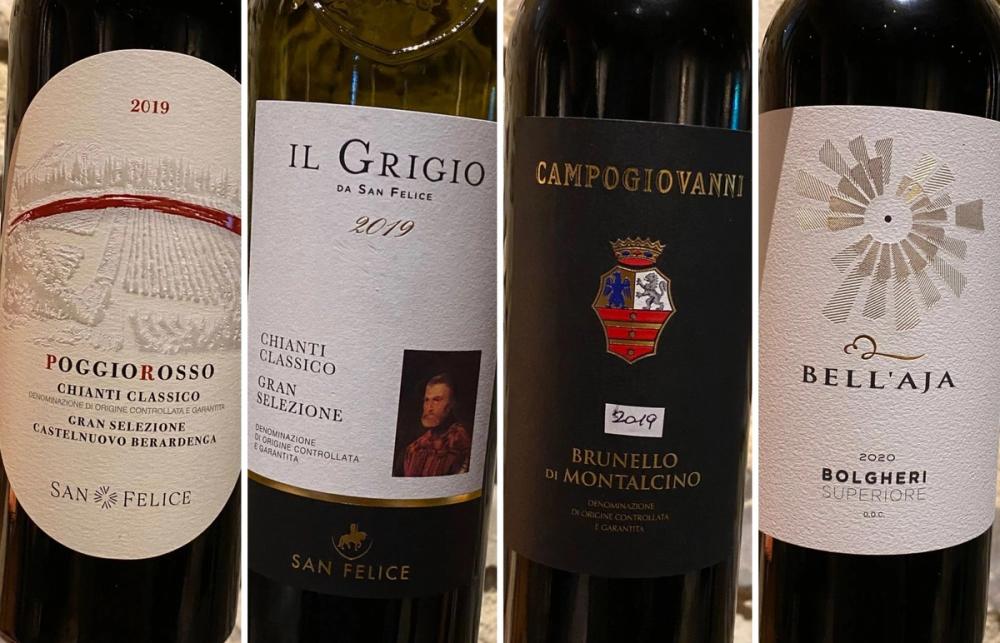
The wine portfolio of San Felice
Gran Selezione continues to outperform
San Felice, and Leonardo Bellaccini in particular, have been one of the estates that have been a real driving force behind the move towards designated Gran Selezione vineyards and wines from Chianti Classico.
As a recap, Chianti Classico Gran Selezione was introduced in 2014 and the idea behind it was that these wines would represent the pinnacle of quality within the Chianti Classico designation. The grapes must originate from a single estate or vineyard, ensuring traceability and authenticity, and also be subject to a longer minimum ageing of 30 months to ensure the wines hit the shelves full of nuance, complexity and balance. Ten years on these wines account for about 6% of the production in Chianti Classico, with around 180 wineries actively engaged in the project.
San Felice produces two Gran Selezione, the Il Grigio and the Poggio Rosso. I was very lucky to see the latter for myself when I visited the estate in 2023, and it was clear even then the passion that Bellaccini had for that vineyard and for the project as a whole.
“Poggio Rosso is a real focus for the estate,” he enthused. “We do all we can to produce the highest quality. In 2024 we spent many hours protecting and shading the bunches in July and August, and grape selection was key in both the vineyards and at the sorting table.”
When I spoke to Leonardo, we were the other side of fermentation, and he was forming his first thoughts on the wines.
“Post-fermentation, I’m pretty happy with the healthiness of the vintage,” nodded Bellaccini. “Global warming has actually helped us in Poggio Rosso for now, with lower juice acidity and off-flavours. This year, because the ripeness was delayed, acidity is pretty good with fresh fruit on the nose and the palate.”
Bellaccini admits to struggling between his own desired style and what the current market wants, and the climate is providing. Being a young winemaker cutting his teeth in the 1990s, he was brought up appreciating bigger, richer styles of wines.
“The wines are a little lighter in 2024, which isn’t necessarily what we always aim for,” he mused. “Nowadays, however, people are after lighter and fresher, so it’ll probably work quite well.”
The Poggio Rosso is 100% Sangiovese that ferments in 100 hL wooden vats. It spends 20-22 months in 500 litre tonneaux, all 100% new, before blending and bottling, where it stays for a further 10-12 months. This January, the 2020 will be the new vintage from January, something that will be the start of an exciting trio of vintages.
“The 2020, 2021, and 2022 are all beautiful wines in Brunello, Bolgheri, and Poggio Rosso,” delighted Bellaccini. “I have to wait, of course, but I get very emotional as I put my nose in the glass and it lets me try to walk in the country, breathe the air, see the colour of the Tuscan sunset. These three vintages, to me, are 100% Toscana.” Needless to say, we’ll all be looking forward to the limited-edition boxed sets!
10 years on, I wondered how he felt about the Gran Selezione project.
“We started from a low base in 2014, so to be up to 6% of sales in just 10 years is excellent,” he admitted. “I think 10% will be the sweet spot, where enough is produced to make it a well-known project, but not so much that we dilute the quality aspect we’re trying to attain. For me to be able to go to tastings and showcase Chianti Classico, Gran Selezione, Montalcino and Bolgheri next to each other is very useful. We talk less about barriques and Sangiovese and more about our terroir, wines, and oils, which is where we want to be.”
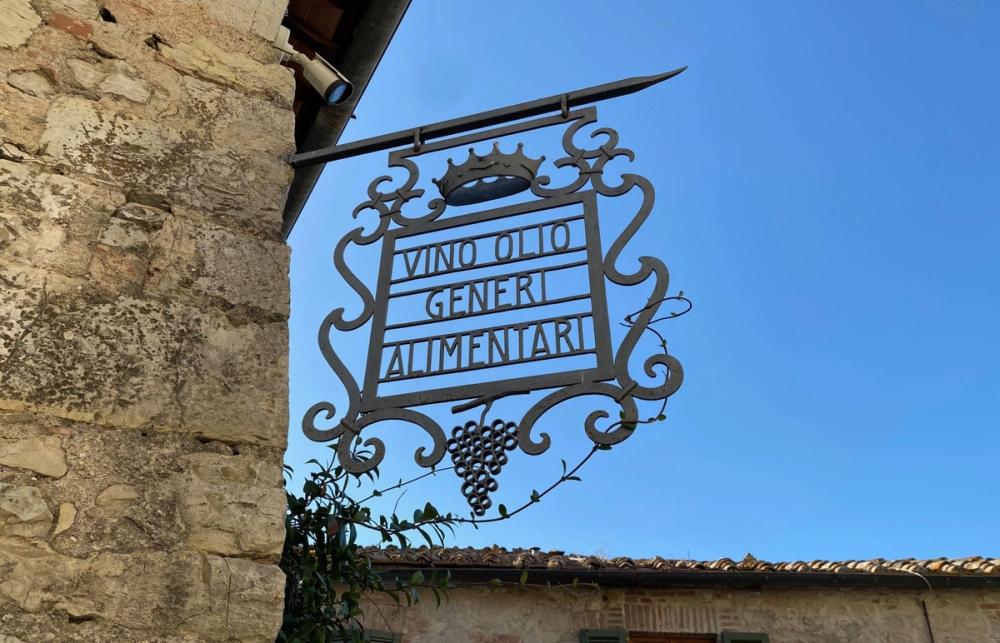
Olive oil is part of the fabric
Excellent vintage for olive oil in the offing
I really wanted to mention this before the end, as it’s something I feel is very underappreciated. I think it’s probably of interest to most in hospitality, so here we go....
San Felice makes some seriously good olive oil and 2024 looks set to be a brilliant year. Harking back to the days of old school (admittedly well-heeled) farms, San Felice takes great pride in its olive oil from its 15,000 olive trees, something Bellaccini was very happy to talk about.
“The quality and quantity of the olives in 2024 was just great,” he enthused. “The weather patterns that stung the vines worked out really well for our olive trees that were not affected so much by the rain in the early summer.” An unexpected bonus in July and August saw the very hot temperatures making life almost impossible for the flies that can eat the olives as they ripen. Less flies saw plentiful amounts of very healthy fruit.
Another great aspect was the cooler September which delayed the ripening of the olives. “For quality olive oil, it’s actually almost the opposite of wine,” explained Bellaccini. “You don’t want ripe olives, so we pick them when half green, just as they begin to turn brown. The delay in ripening in 2024 was another big bonus.” Given the recent price hikes in olive oil, it will come as pleasant relief to bars and restaurants the world over to hear the olive harvest, unlike Bellaccini’s assessment of the wine harvest, really will be one to remember!
For more information
For more information about the wines of San Felice, or indeed the Gran Selezione project, please contact Tullia Mantella at Studio Cru
Mike Turner is a freelance wine writer, presenter and educator, and regular contributor for The Buyer.
